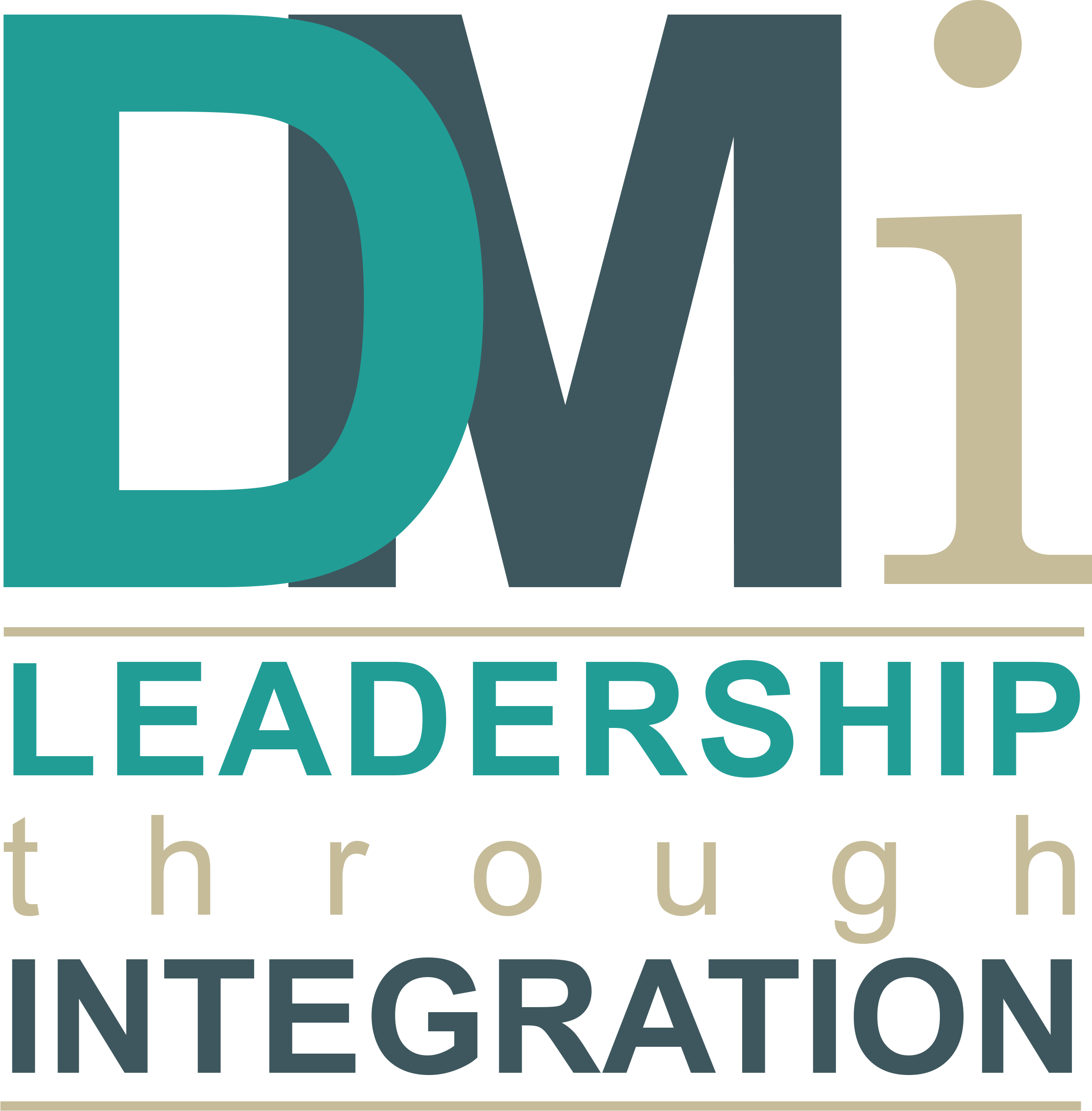DMi Article: Servitization
There has been a lot of recent talk about servitization, which is not a new principal, but is certainly an increasingly important concept as the global supply chain landscape becomes even more competitive. Concepts such as vendor managed inventories; consolidation and added value services have been adopted by a number of companies over the past couple of decades and longer. However the consolidation of the corporate landscape, diversification of customer trends, mass customization and the globalization of markets has put even greater emphasis on companies creating differentiation not only at a product level but at a service and value added perspective.
For a long time, as product differentiation and consolidation has continued to merge, I have believed that future competition will not be product versus product but supply chain versus supply chain. Those companies with the most integrated, effective, responsive and flexible supply chains will be the ‘winners’ in the future. The renewed emphasis on servitization adds further challenge to companies looking to gain a competitive edge. Servitization is a transformational journey which involves companies developing capabilities to provide services and solutions that supplement their traditional product offering.
In essence servitization focuses upon the ‘customer intermacy’ strategy that Fred Wiersema and Michael Treacy discussed in their book ‘The Discipline of Market leaders’. In simple terms it refers to companies using their products to sell ‘outcome as a service’ rather than a one-off sale of products. Netflix are a well-known example of servitization, delivering media as a service rather than customers buying CD’s and DVD’s that produce those outcomes. The boundaries between manufacturing and service are blurring and more and more manufacturers are competing through a portfolio of integrated products and services.
The strategy for manufacturers is becoming the provision of product centric services creating the main differentiation in the market place is seen as a priority to create competitive advantage.
Technology is at the heart of a servitization strategy. Those companies who are pioneering the drive towards servitization, such as Rolls Royce and London Underground, use connected technology enabling a higher level of service delivery, tailored to the customers individual product needs.
Products on their own have limits on their market opportunity and product life cycles are increasingly shorter with customers expecting greater flexibility and customization.
In this business environment the opportunity for growth through products alone has to have a ceiling but with a servitization strategy a whole different level of growth is available for thought leading companies to exploit. From a customer perspective it also allows them to focus upon their desired outcome and core competences and not worry about managing the service provision and creation.

